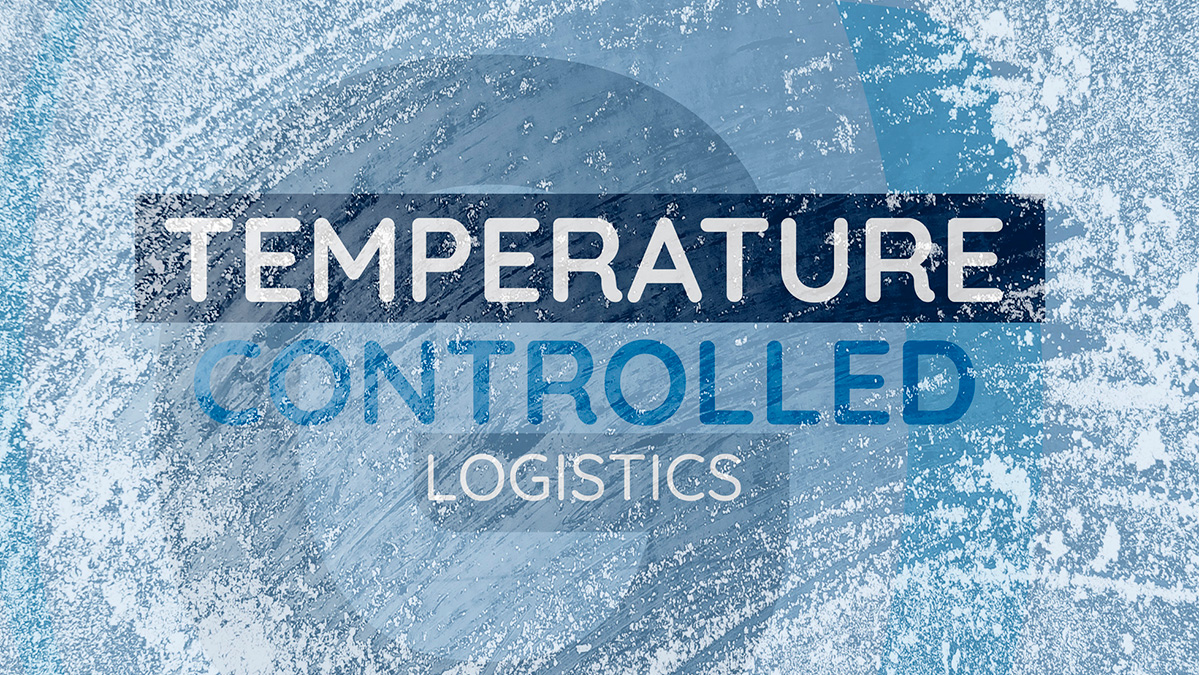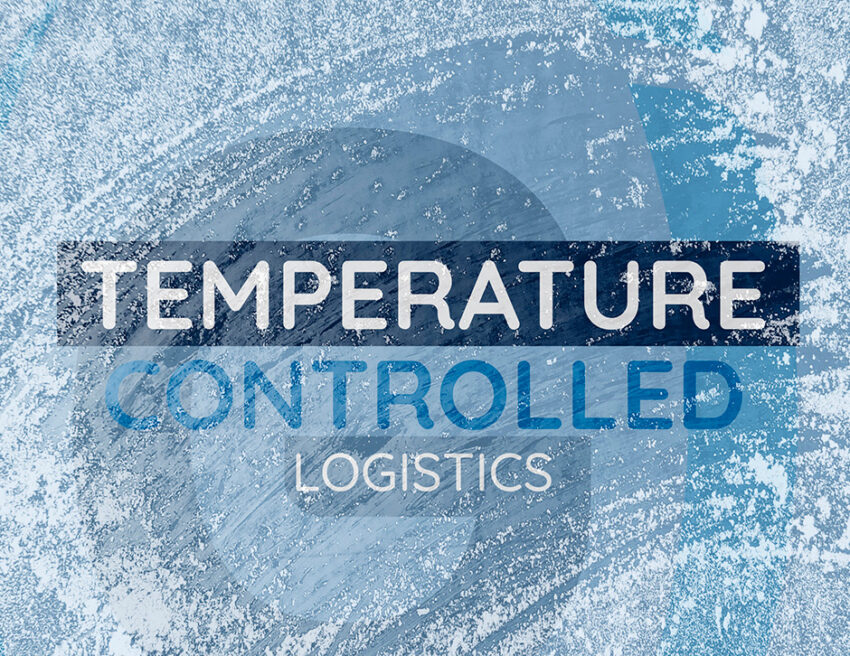Temperature-controlled shipping is crucial for transporting goods that need specific temperature ranges to maintain their quality, safety, and efficacy. As global commerce expands, the demand for reliable temperature-controlled freight transportation methods is increasing. Temperature-sensitive items such as pharmaceuticals, perishable foods, and live animals must be transported safely to their final destinations. Improper shipping conditions, particularly temperature fluctuations, can negatively affect the quality of these goods, resulting in significant financial losses and potential health risks. In this blog, we will provide a brief guide to temperature controlled logistics for independent freight forwarders.

Defining temperature controlled logistics
Temperature-controlled logistics involves the storage, transportation, and distribution of temperature-sensitive cargo, ensuring consistent temperature maintenance throughout the supply chain—from parcel packing to the cold chain’s upkeep until the goods reach their destination. Temperature controlled logistics solutions are essential for items such as fresh flowers, edible items, perishable goods, pharmaceuticals, medicines, and other medical materials. The slightest changes in the required temperature can diminish the efficacy of these products and lead to serious health risks when they are consumed or used.
Cold chain shipping providers typically maintain a shipping temperature range between 2ºC and 8ºC to preserve the quality of medicines and other sensitive products. It is crucial for the manufacturer to ensure that all parties involved in the supply chain understand and adhere to these temperature requirements. Some of the factors posing the highest risk of temperature deviation include:
- Warehousing of the shipment prior to the transportation
- The route chosen by the shipping company
- The process of loading, unloading and cargo handling
- The actual process of transit
Shipping methods for temperature controlled cargo
Here’s a brief overview of all the items required to accomodate various scenarios while shipping temperature sensitive goods.
Dry ice
They are used for shipping frozen items. Dry ice can maintain sub-zero temperatures, making it suitable for products that require extreme cold.
Coolers
Coolers ensure a controlled environment for temperature-sensitive items in transit, making sure that the temperature stays within the required range. They are versatile and can be used for various types of goods.
Frozen and recyclable gel packs
These packs are effective at keeping a cold environment, particularly for perishable freight such as food items. They are reusable and can maintain consistent temperatures for extended periods.
Heaters and thermal blankets
They are used for cargo that needs to be kept warm. Heaters and thermal blankets are essential to prevent the products from dropping below their required temperature, ensuring they remain in optimal condition.
Refrigerated air cargo, trucks, and warehouse facilities
These are critical components of cold chain logistics. They help in the maintenance of the required temperature during transit, while refrigerated warehouses offer a controlled environment for storing products before and after transportation. Each of these methods plays a vital role in maintaining the integrity of temperature-sensitive shipments, safeguarding the quality and efficacy of the products throughout the supply chain.
Temperature controlled shipping: Standards and regulations
Cold chain service providers need to abide by international standards and regulations for transporting temperature-controlled goods. Staying up-to-date with these regulations is essential to maintain the integrity of the cold chain. Key standards include:
Operational directives
Guidelines for all parties along the supply chain, ensuring each step maintains the required temperature conditions.
Handling methods
Proper techniques for handling temperature-sensitive items, including protocols for cargo inspections to prevent temperature fluctuations.
Monitoring systems
Continuous monitoring of temperature and location of cold chain shipping containers is required to ensure compliance and address any deviations promptly.
Transport network creation
The freight forwarder needs to design a robust transport network that facilitates smooth shipping under temperature-controlled conditions.
Carriers must also be familiar with additional regulations set forth by various authoritative bodies, including:
- European Union (EU): Regulations governing the transport of temperature-sensitive goods within and to/from EU countries.
- Parenteral Drug Association (PDA): Standards for the packaging, transportation, and handling of parenteral drugs to maintain their efficacy and safety.
- World Health Organization (WHO): Guidelines particularly relevant for the transportation of pharmaceuticals and medical supplies to ensure public health safety.
- Pharmacopeia: Standards for the quality, purity, strength, and consistency of pharmaceuticals, which include guidelines for their transportation and storage conditions.
- International Air Transport Association (IATA): Regulations for air transport, including specific requirements for the shipping of temperature-sensitive cargo.
How to select the best cold-chain service provider
Choosing a reputed and professional cold-chain service provider is crucial for transporting temperature-sensitive items. Here are key factors to consider:
Find a company with considerable knowledge and experience
You should always partner with a company with a proven track record in shipping temperature-sensitive goods and expertise in cold chain logistics.
Partner with a company that is a member of one of the best freight forwarding networks
You should always partner with a freight forwarder that is a member of one of the best logistics networks. Globalia Logistics Network, as one of the best freight forwarding networks of our time carefully selects its members for their financial strength, creditworthiness and reputation. They are bound by our strict rules and comprehensive protection against late payment and special coverage against non-payment due to bankruptcy or closure.
Compliance with regulations
Ensure the company adheres to global regulations, such as those set by the FDA and IATA. Proper documentation and compliance are essential to avoid shipment disruptions.
State-of-the-art equipment
Your cold chain partner should invest in high-quality equipment, including reefer trucks and warehouse refrigeration systems, to ensure optimal temperature control.
Transparent tracking system
A robust tracking system that allows real-time monitoring of shipment temperature and provides alerts for any issues is vital for maintaining product integrity.


